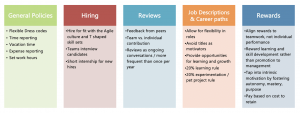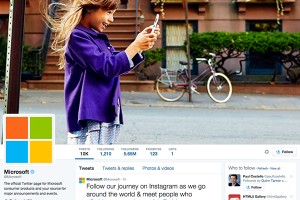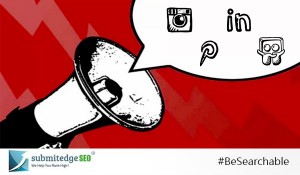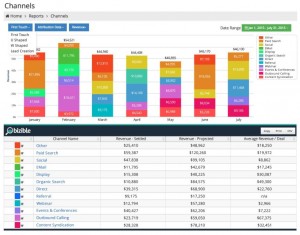— January 30, 2019
You see them in plenty of emails: the creatives that haven’t changed since last year.
What drives companies to keep displaying the same creative?
While time and money might be the easy answers, my hunch is there’s more to it than that. Over the years, these creatives have driven so many sales that marketers keep insisting they “just work.”
Why spend the money and take the risk of swapping in a new creative when the old creative has already proven its worth?
The answer, of course, is that audiences get bored! A few repetitions can help reinforce your message, sure — but beyond that, you’ll soon hit a point of diminishing returns, where repetitive messaging is noise that’s easy to tune out. So what do you do?
A huge content library of creative assets won’t save you from the risk of repetition, if you don’t know how to leverage it effectively. A customer segmentation strategy won’t solve the problem either.
Why not? Because without automation and machine learning both rely on a limited number of creative assets. To eliminate repetition burnout and email fatigue, you’ve got to address this issue at its core. And to do that, you’ve got to solve the problem behind the problem.
A diverse content library isn’t enough if you can’t leverage its full range.
If you’ve assembled a wide range of email templates, messages, and creatives, you’ve already taken the first step toward cutting down on repetition. The more creatives you have in your library, the more new material you can potentially show your subscribers.
However, even a diverse range of content can be of limited use if you keep relying on the same content over and over. Sending a historically high performing email promoting sundresses to a customer who’s already bought sundresses for her summer wardrobe means you not only wasted that email, but you also lost the chance to show her a different product she might be interested in.
Segmentation helps cut down on repetition — but it isn’t a cure.
Many marketers now recognize the limitations of the one-size-fits-all approach and have taken the next logical step: sending different sets of emails to different customer segments. This can certainly reduce the likelihood of sending irrelevant emails, by matching groups of subscribers with the email series they’re most likely to respond to.
But although segmentation appears to solve one problem — now you’re showing customers content you think they’ll like based on their past behavior — it still leaves you with exposing a limited number of creative assets. When manually choosing which assets to send to each segment, marketers often keep relying on the top-performing creatives, sending them again and again. And just as before, customers will get bored and could unsubscribe.
Machine-learning personalization solves the repetition problem at its core.
The only way to make sure your customers never get bored and stay engaged is to learn the value of each creative, and how each customer reacts to it. To achieve this, you’ll need to adopt a solution that continuously tests and learns from all interactions with your customers.
Driven by this data, your machine learning software can automatically generate an unending supply of never-before-seen emails that show every individual subscriber the exact combination of products and messaging that’s most likely to click with them at that moment.
For example, say you’ve got a new spring wardrobe to showcase, and you’ve got a 50-percent-off sale on last year’s winter coats. Here’s how the marketing situation would play out with the three levels of personalization:
- With the traditional one-size-fits-all approach, you’d send every customer the same email about the spring clothes, then send them all the same email about the winter sale. The result? Many subscribers will receive emails they’re not interested in — plus, in the future you’ll find yourself over-relying on whichever of those emails performs best.
- With segmentation, you’d send the spring wardrobe email to one customer segment, and the winter sale email to another segment. Although this may increase engagement for both emails, you’ve still got the problem of relying on top-performing creatives, because you’re never sure exactly what each customer wants to see.
- With machine-learning personalization, your software will design a unique email for every customer, containing the combination of creative assets they’ll be most likely to respond to. And it’ll keep generating fresh emails, recycling those assets in novel combinations — so no subscriber on your list ever gets bored.
In short, machine-learning personalization doesn’t just address the problem of sending irrelevant offers — it solves the problem behind the problem, by making sure your customers never see a repeat of an offer they didn’t respond to in the past.
As your machine-learning solution learns and adapts to your customers’ ever-evolving desires, you’ll do far more than just cut down on unsubscribes. You’ll expose customers to new areas of your catalog over time — all while building rapport and trust that’ll drive repeat business, in each customer’s favorite categories, and in new ones, too.
Digital & Social Articles on Business 2 Community
(98)





